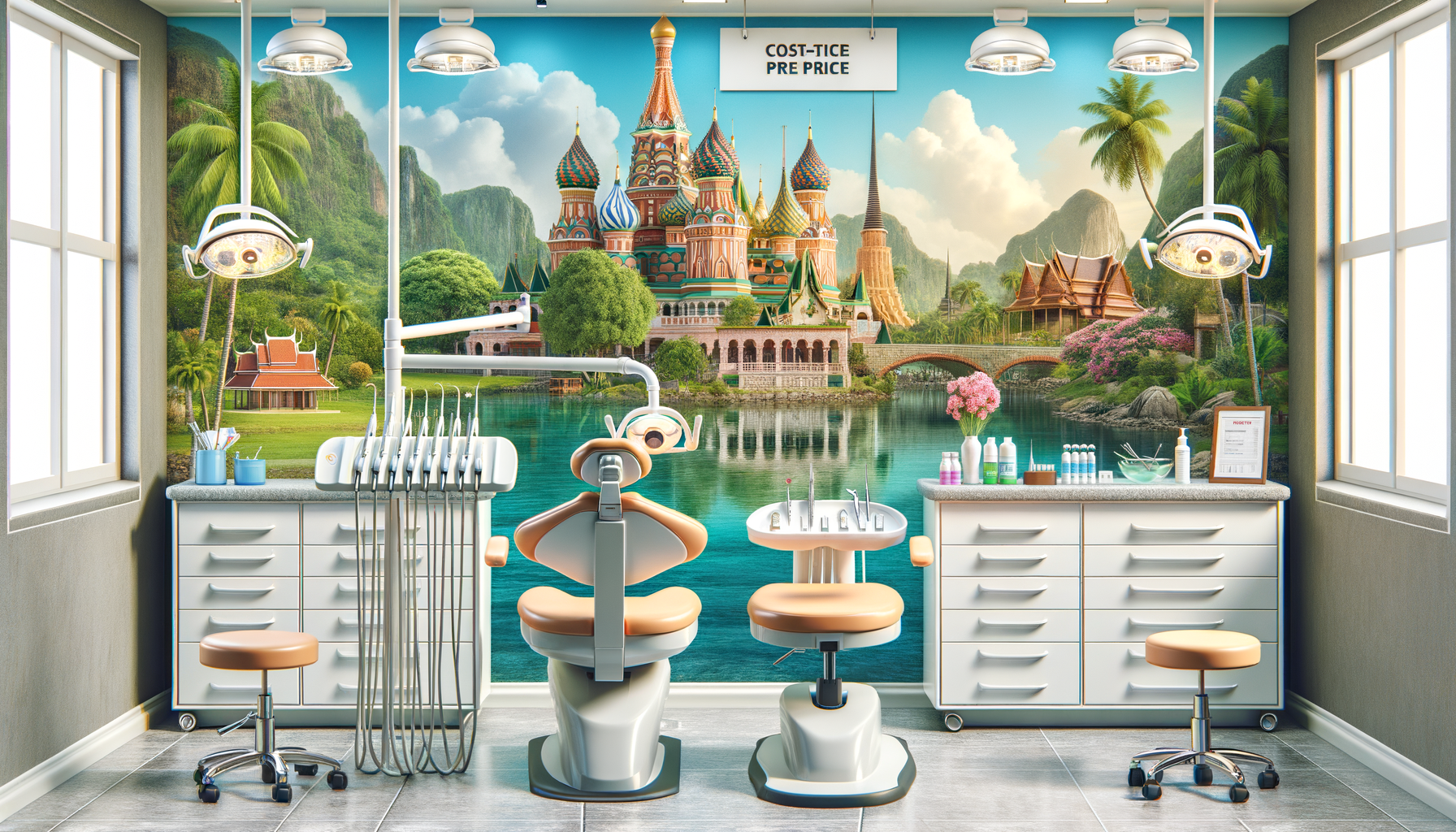Exploring the World of Dental Tourism: Affordable Solutions for Dental Implants
Dive into the world of dental tourism and discover cost-effective solutions for dental implants.

Understanding Dental Tourism
Dental tourism has emerged as a popular trend for individuals seeking affordable dental care. This practice involves traveling to another country to receive dental treatment, often at a fraction of the cost compared to domestic prices. The allure of dental tourism lies not only in the cost savings but also in the opportunity to explore new cultures and destinations.
Countries in Southeast Asia, Central America, and Eastern Europe have become hotspots for dental tourism, offering high-quality care at competitive prices. These destinations boast modern clinics equipped with state-of-the-art technology and skilled professionals who are often trained in Western countries. Patients can expect a range of services, from routine cleanings to complex procedures like dental implants.
For those considering dental tourism, it’s important to research and choose reputable clinics. Look for facilities that have international accreditation and positive patient reviews. Additionally, understanding the legal and health implications of receiving medical care abroad is crucial to ensure a safe and successful experience.
Cost-Effective Dental Tourism: A Closer Look
The primary motivation for many dental tourists is the significant cost savings. Dental procedures in countries like the United States and Canada can be prohibitively expensive, prompting patients to seek alternatives abroad. For example, a dental implant procedure that might cost several thousand dollars in North America could be available for a fraction of that price in countries like Mexico or Thailand.
These savings are often due to lower labor and operational costs in these countries, which are passed on to the patients. Moreover, many dental clinics in popular tourist destinations offer package deals that include accommodation and transportation, making the entire experience more convenient and affordable.
However, potential dental tourists should weigh the costs carefully. While the price of the procedure itself might be lower, additional expenses such as travel, accommodation, and post-treatment care should be considered. It’s also wise to account for any potential follow-up visits that might be required, which could add to the overall cost.
Dental Implants: A Popular Choice Among Tourists
Dental implants have become one of the most sought-after procedures among dental tourists. These implants provide a permanent solution for missing teeth, offering both cosmetic and functional benefits. The process involves placing a titanium post into the jawbone, which serves as a root for the replacement tooth.
The popularity of dental implants in the realm of dental tourism is partly due to the high cost of the procedure in many Western countries. By opting for treatment abroad, patients can receive the same quality of care at a more affordable rate. Countries like Hungary, Costa Rica, and India are renowned for their expertise in dental implants, attracting patients from all over the world.
When considering dental implants, it’s crucial to understand the procedure’s complexity. It typically requires multiple visits over several months, as the implant needs time to integrate with the jawbone. Patients should ensure they have sufficient time and resources to complete the entire process when planning their dental tourism journey.
Choosing the Right Destination for Dental Care
Selecting the right destination for dental tourism involves careful consideration of several factors. First and foremost, the quality of care should be a top priority. Researching the credentials of the dental professionals and the accreditation of the clinics can provide peace of mind.
Another important consideration is the language barrier. Opting for a destination where the dental staff speaks your language can enhance communication and ensure a smoother experience. Additionally, understanding the cultural nuances and legal regulations of the host country can help avoid any potential misunderstandings.
Lastly, consider the travel logistics. The proximity of the destination, the availability of direct flights, and the overall travel costs should be factored into the decision-making process. By thoroughly researching and planning, patients can enjoy a seamless and rewarding dental tourism experience.
Conclusion: Making Informed Decisions in Dental Tourism
Dental tourism offers a viable solution for individuals seeking affordable dental care without compromising on quality. By exploring different countries and understanding the nuances of dental procedures like implants, patients can make informed decisions that align with their health and financial goals.
As with any medical travel, thorough research and planning are essential. By choosing reputable clinics, understanding the costs involved, and being aware of the potential challenges, dental tourists can enjoy the dual benefits of improved oral health and cultural exploration.
Ultimately, dental tourism can be a rewarding journey that combines health, savings, and adventure. By taking proactive steps and making informed choices, patients can achieve the desired outcomes while experiencing the beauty and diversity of new destinations.